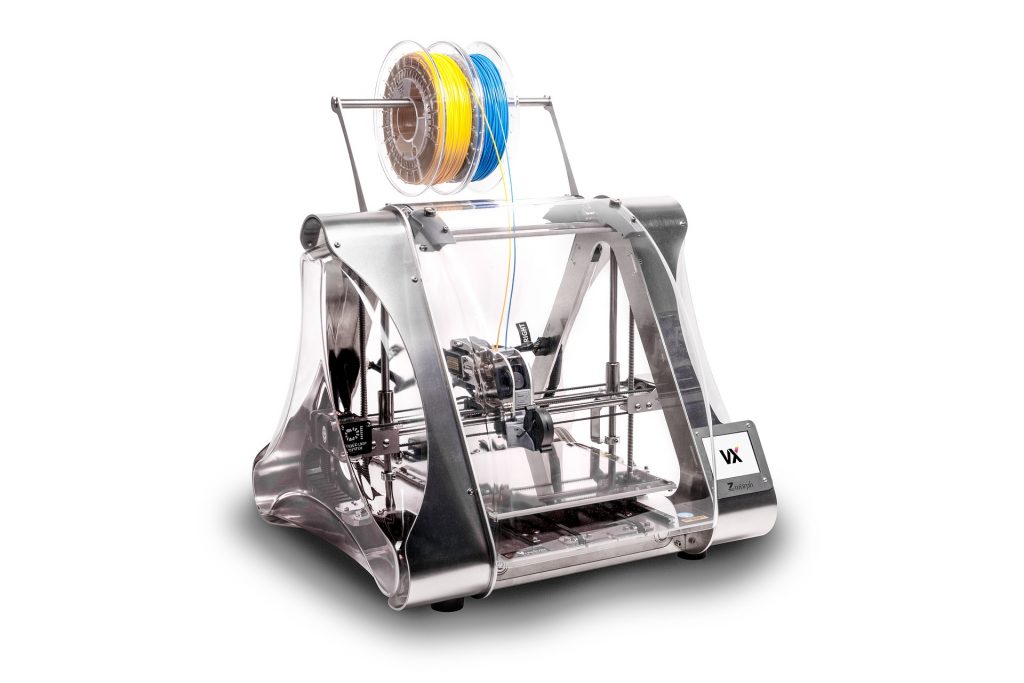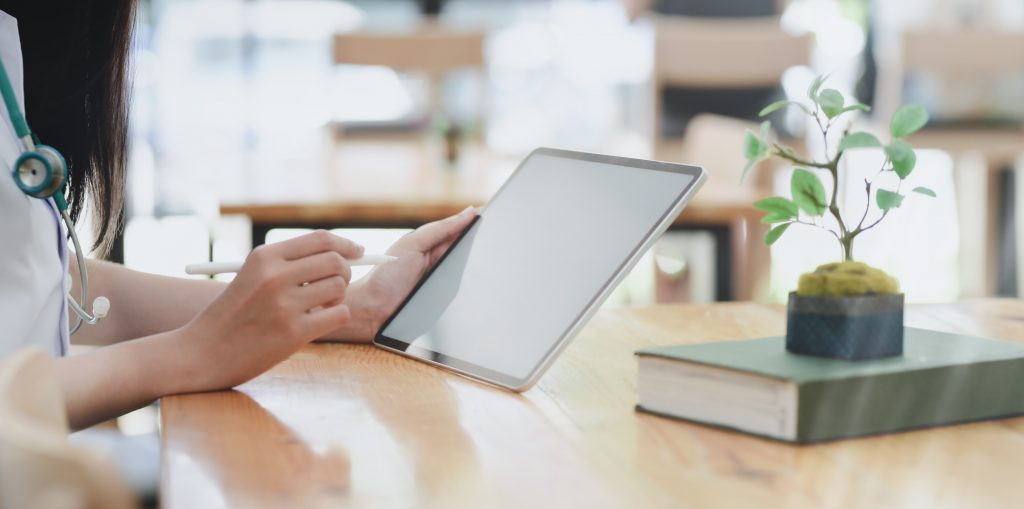The coronavirus might have caused widespread panic and economic strife, but there’s no denying that it’s driving innovation in interesting ways. New problems demand new solutions, and there has been no shortage of ideas over the last few months. From artificial intelligence to face mask technology, we’re making all kinds of breakthroughs thanks to various companies and individuals. Technology companies are creating new tools to help fight the coronavirus.
This isn’t the first time we’ve seen this type of situation play out, either. During World War Two, our understanding of all kinds of technology leaped forward by decades as we rushed to avoid our own destruction. Today, there are a number of different technologies that can help us fight the coronavirus. Here are ten of the best examples:
1. Artificial Intelligence
One of the most notable assets in the fight against coronavirus has been artificial intelligence. AI has allowed for more effective use of a range of tools and technologies to ensure human safety. From chatbots to genomic sequencing, some of the most promising developments are in the field of AI.
One example is the use of artificial intelligence to sequence genomic information in T-cells of people’s immune systems. With this genomic data, scientists can create antibody treatments that could be even more effective than a vaccine.
2. 3-D Printing

3-D printing is another technology that has proved its worth during the pandemic. The ability to quickly construct relatively complex items and parts is helping the relief efforts, especially when considering the breakdown of international transport and trade.
3-D printing gives nations and individual hospitals the ability to print their own components and equipment. For example, it’s possible to print masks that can stop the spread of the virus.
3. Contact Tracing
Another very useful technology in the fight against the coronavirus is contact tracing. Contact tracing helps us monitor and identify those who have come into close contact with the virus. Using this technology, nations can track the spread of the infection and develop more accurate models.
Many nations are developing contact tracing initiatives that help educate individuals and track symptoms. Contact tracing is useful outside of coronavirus as well, as it allows normal individuals to trace information from people they meet.
4. UV Disinfection
Another important breakthrough has been in the field of UV disinfection. Ultraviolet light is an excellent way to kill germs, bacteria, and viruses on surfaces. Many hospitals are using this technology to sanitize their facilities.
UV disinfection is also attractive for the consumer market as well. Various new inventions are using UV light to help average people sanitize their phones, keys, wallets, and other items that may have come into contact with the virus. UV disinfection combines with robotics very effectively, and new robots use this technology to clean facilities and surfaces without risking any human lives.
5. Telemedicine

While the humble telephone definitely isn’t a new invention, it’s being used in amazing new ways during this pandemic. To reduce exposure and spread of the virus, telemedicine is being used much more frequently by various medical professionals.
Patients who need assistance are discovering that speaking with a doctor over the phone can be just as effective as seeing them in person. Combined with video chat technology, doctors can easily assess and diagnose various ailments. It goes without saying that telemedicine will continue to be in use long after the pandemic has passed.
6. Robotics
Robots have definitely helped various nations deal with the threat of the coronavirus. It is a widely-known fact that robots will become a bigger part of our society as the years go by, but the coronavirus may have accelerated this process – at least in terms of medicine.
Using robots is a no-brainer as far as this pandemic is concerned, as it minimizes the possible transmission of the virus. When people deal with robots instead of other humans, they dramatically reduce the risk of contracting the illness. We’ve already mentioned the fact that robots are being used to sanitize facilities, but they can also excel in seniors’ homes and even in the average household.
7. Cloud Computing
One of the major talking points of this virus is the race to find a vaccine. It’s a major task, especially when you consider the fact that we still haven’t found a vaccine for SARS – and that virus emerged many years ago. That being said, the level of commitment to this undertaking is unparalleled, and we have countless researchers working around the clock on solving this problem.
AI is helping in many ways, but one of the unsung heroes of the vaccine effort is cloud computing. Sharing information and data has never been easier, and cloud computing helps researchers work together as they strive for a vaccine. Many nations might have their own independent projects for vaccine development, but cloud computing allows each of these nations to connect and help each other in ways that we’ve never seen before.
8. Door-Opening Tools
Compared to some of the other examples, a simple door-opening tool might seem pretty low-tech. While a newly designed handle or a key-chain hook might not be rocket science, it deserves praise all the same.
These simple tools can minimize the spread of coronavirus and protect vulnerable populations. Ensuring that we get the little details right is just as important as developing the vaccine or using robotics to stop the spread of the virus.
9. Masks

By now, everyone has noticed the sudden popularity of face masks. A massive industry completely centered around these items has developed, and all kinds of brands are scrambling the sell masks.
Obviously, this is a good thing. Encouraging people to wear face masks is hygienic and courteous, and you should see more of it in the future. Some companies and researchers are even developing new fibers and fabrics for face masks that can be even more effective than cloth. Some of these fabrics use silver and other metals.
10. Testing
Last but not least, testing technology has advanced considerably. Around the world, nations are using all kinds of new methods to identify symptoms as early as possible. Infrared cameras can easily spot people who have high temperatures. X-rays are also being used as a quick testing tool.
In addition, CCTV and simple saliva testing can also be effective methods for coronavirus testing. With better testing methods, we can ensure that we’re tracking the virus’s spread accurately and reacting in the right way.
Conclusion
These are just ten technologies that are helping to fight the Coronavirus. Whenever life throws lemons at us we make lemonade.
